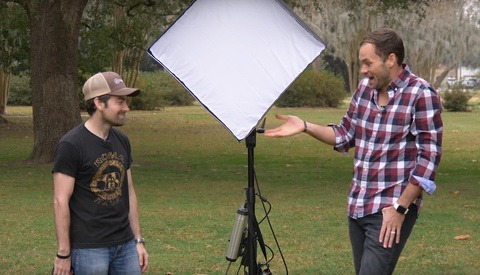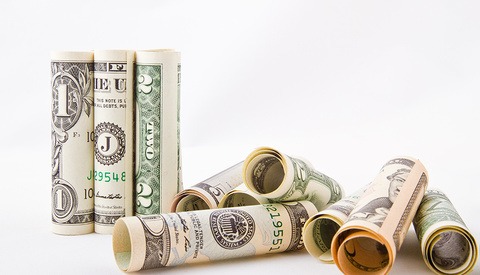This Simple Battery Charging Station Will Save You Hours of Prep Time
One of the most important underlying themes in being a successful photographer is streamlining your workflow. That may be in how to edit photos quickly, how to organize video files, how to quickly produce invoices, or any number of tasks that you have to perform over and over again. One aspect of my business where I found myself wasting a lot of time was in my battery charging. In today's video, I'm going to outline how Fstoppers created our battery charging station and how you too can make your life a lot easier as you prepare for the next day's photoshoot.












![[Updated] Colorize This Image From the Nikon D850 and Win a Free Fstoppers Tutorial](https://cdn.fstoppers.com/styles/med-16-9/s3/lead/2018/01/colorize_fstoppers_article_featured_image.jpg)



































